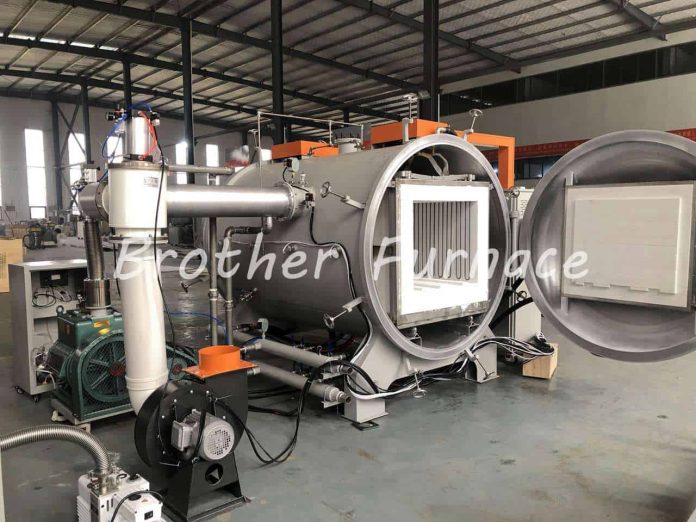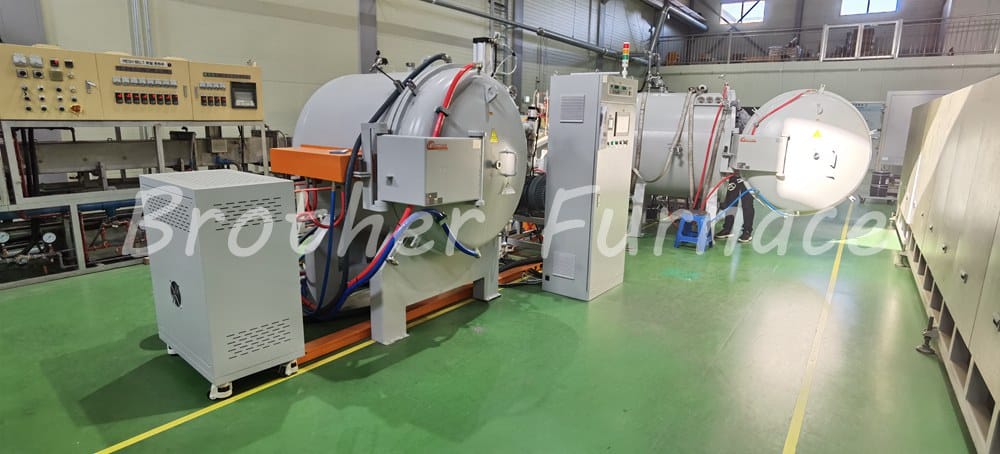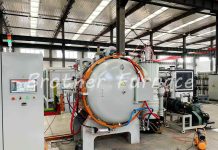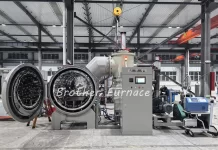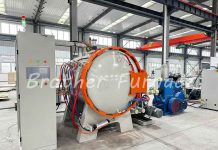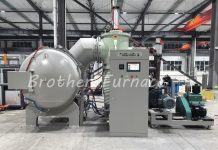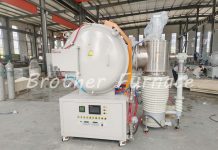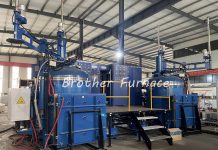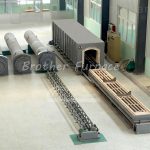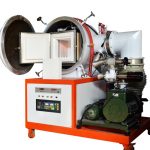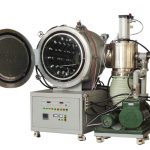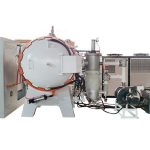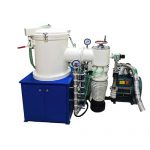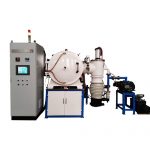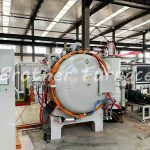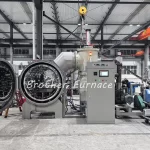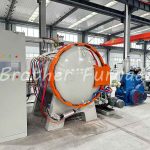Industrial vacuum furnaces are critical to advanced manufacturing processes that demand precision, contamination-free environments, and superior material properties. Whether used for heat treatment, brazing, sintering, annealing, quenching, or melting and casting, these furnaces enable industries to achieve consistent, high-quality results. This guide explores the design, functionality, and applications of industrial vacuum furnaces.
What is an Industrial Vacuum Furnace?
An industrial vacuum furnace is a high-performance thermal processing system that operates in a vacuum or controlled atmosphere. By eliminating oxygen and other reactive gases, it prevents oxidation, decarburization, and contamination during heating cycles. These furnaces are engineered for large-scale production, offering unmatched uniformity and repeatability for critical applications in aerospace, automotive, energy, and more.
Key Components
Industrial vacuum furnaces are built with robust subsystems to handle extreme temperatures and vacuum levels. Below are their core components and latest technological advancements:
1. Vacuum Chamber
• Material: Different materials for different temperatures.
Stainless steel – 1000℃
Ceramic fiber board – 1200℃
Molybdenum sheets – 1350℃
Ceramic fiber board – 1400℃
Ceramic fiber board – 1700℃
Graphite and Carbon felt – 2200℃
• Design: Double-wall cooling systems and radiation shielding optimize thermal efficiency.
• Vacuum Levels: hybrid pumping systems to create and maintain a high vacuum. The Max. Vacuum is 7×10-4 Pa.
2. Heating Systems
• Heating Elements: Different heaters for different temperatures.
Heating tubes – 1000℃
Heating wires – 1200℃
Molybdenum strap heaters – 1350℃
SiC heating elements – 1400℃
MoSi heating elements – 1700℃
Graphite heating element – 2200℃
Induction Coil – if you need induction melting
• Uniformity: Multi-zone heating and Multi-zone temperature measurement
3. Control and Automation
• PLC/HMI Interfaces: Touchscreen panels with pre-programmed recipes, real-time diagnostics, and remote monitoring.
• Atmosphere Control: Gas quenching (N₂, Ar) or partial pressure systems for tailored thermal cycles.
4. Cooling Mechanisms
• Water-cooling: Maintain safe exterior temperatures during continuous operation.
5. Safety System
• Essential for protecting the operator and the equipment.
Industrial Applications
Vacuum furnaces are indispensable in industries requiring precision and material integrity:
- High-Temperature Alloy Heat Treatment: Vacuum heat treatment is essential for improving the mechanical properties of high-temperature alloys used in aerospace and power generation industries.
- Metal and Ceramic Sintering: Vacuum sintering allows for the production of high-density, high-strength components with precise dimensional tolerances.
- Quenching and Hardening: for steel and alloys to enhance material properties.
- Brazing and Diffusion Bonding: Vacuum environments prevent oxidation and contamination, ensuring high-quality bond formation.
- Annealing and Stress Relieving: Vacuum annealing can improve the ductility and machinability of metals, while stress relieving can reduce residual stresses.
- Induction Melting and Casting: for fast melting and casting metals in a vacuum environment.
FAQs in Actual Applications
- How to Prevent Contamination of Workpieces?
- Rigorous cleaning of the furnace chamber and workpieces before the heat treatment process.
- Use of high-purity gases for backfilling.
- Regular maintenance of the vacuum pumping system.
2. How to Ensure Uniform Heating of Workpieces?
- Proper placement of workpieces within the furnace chamber.
- Optimized heating profiles.
- Use of appropriate furnace fixtures.
3. How to Minimize Distortion of Workpieces?
- Controlled heating and cooling rates.
- Use of fixtures to support the workpieces.
- Proper selection of furnace atmosphere.
Conclusion
Industrial vacuum furnaces are the backbone of modern high-tech manufacturing, enabling breakthroughs in material science and production efficiency. By investing in advanced systems with smart controls and sustainable designs, industries can future-proof their operations while meeting stringent quality standards.
Contact us today for a detailed consultation or request a quote tailored to your production scale and technical requirements.
See the Technical Details of Vacuum Furnaces
- Vacuum Brazing Furnace
- Vacuum Furnace up to 1700℃
- Vacuum Induction Melting Furnace
- Graphite Vacuum Furnace up to 2200℃
- Vacuum Gas Quenching Furnace
- Vacuum Hot Press Furnace
Follow us on Facebook

